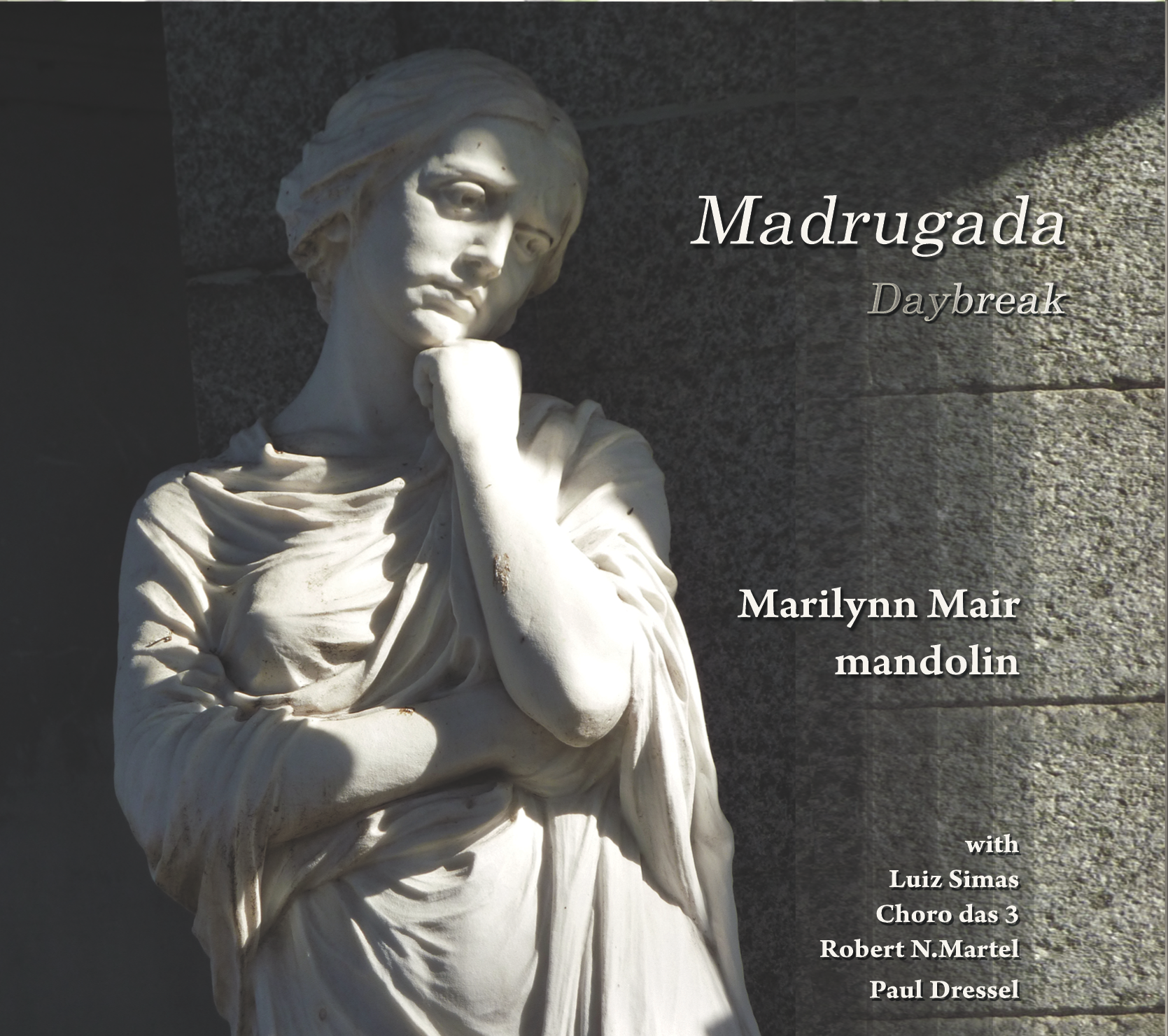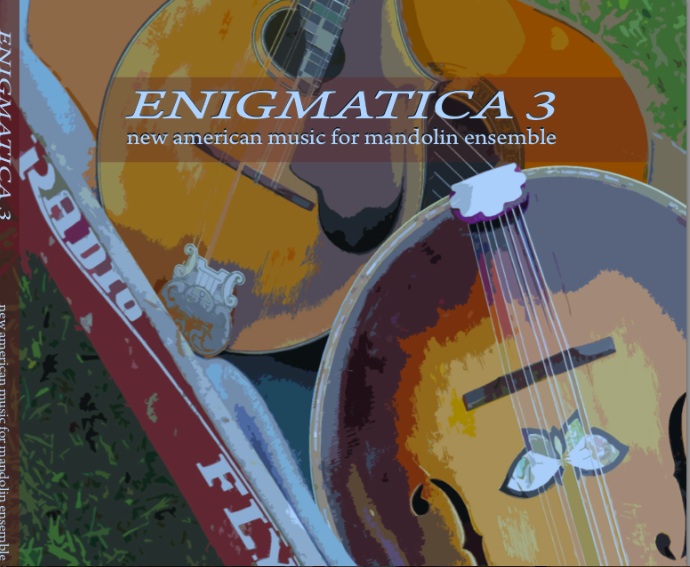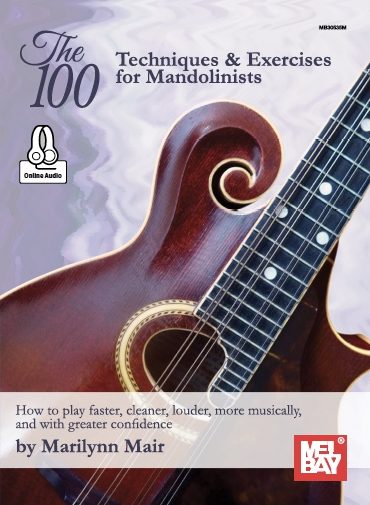based on an article that originally appeared in “Mandolin Magazine,” Winter 2003.
Download a pdf that accompanies this article: Celeste Aida
Some of the most dramatic and beautiful melodies in the world were written in Italy during the 19th century. Italian operas of the Romantic era were hugely popular theatrical events featuring singers who were the super-stars of their day. From early “bel canto” to the emotional overload of “opera verismo,” Romantic-era opera arias were written to create an attention-grabbing force live and on stage capable of melting the most cynical of hearts, and reducing the more voluble to tears and choruses of “bravo!”. If you have ever heard an exquisitely-sung aria performed live, you realize the power of the human voice, and the beautifully-written vocal line, to open the heart to an appreciation of wonder. Opera, live, is powerful stuff!
There are lessons that a well-sung opera aria can teach instrumentalists as well. Phrasing, modulation of dynamics, varying degrees of intensity, dramatic shaping of the musical line all of these have application in instrumental music to create a performance with emotional impact. For those of you who have been working with my articles for the past few months to develop your tremolo technique, this is the next step. Technical mastery is never the endpoint for a musician, it simply gives you a language with which to speak. What you say with your technique is what matters. And I believe that it is your responsibility, as an aspiring artist and mandolinist, to use your technique to create unforgettable music. The goal of developing a strong tremolo is to be able to use it to spin out a beautiful, touching, musical line. In this issue we’ll look to the masters of vocal music for some lessons in developing an expressive tremolo.
The tremolo technique, by itself, can sound rather like a sewing machine, as you practice to make it consistent and densely-packed with notes-per-second. You are working to create an illusion, hundreds of fast repeating tones that will blend, at a distance, to create the sound of an unbroken musical line. And you have to work until you become comfortable enough tremoloing to be able to forget about the technique and all that hard work, and believe in the illusion you are creating. Only then can you begin to shape that illusion into a vehicle to give voice to your musical intentions.
Try playing Guiseppe Verdi’s beautiful aria, “Celeste Aida,” to work on your expressive tremolo. And listen to a recording of this piece sung by a great operatic voice, you’ll really learn alot. Sing along- it doesn’t matter how you sound- and be drawn into the intensity of the performance. Then, as you approach the piece as a mandolinist, try to remember and capture the feeling of power in the vocal original. Overplay- really! Build your crescendos to glorious heights and draw them down to pianissimo whispers. Feel the line of your tremolo float effortlessly, carrying the well-loved melody with it. Believe me, you can knock yourself out! And you’ll take a huge step away from student and toward artist. Relax and enjoy yourself. Once you get the hang of it, expressive tremolo is as addictive and delicious as chocolate. Happy journey!
Go back to mandolin articles page




